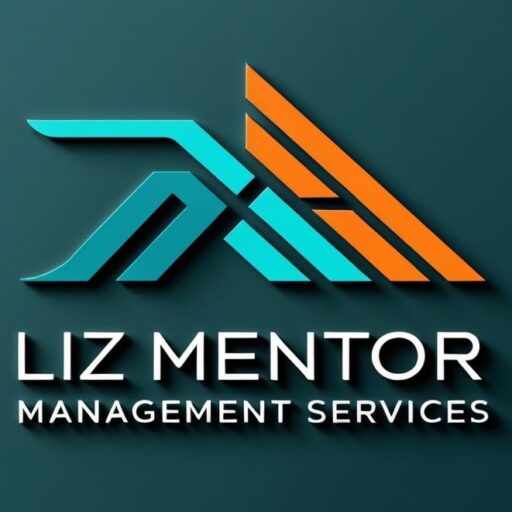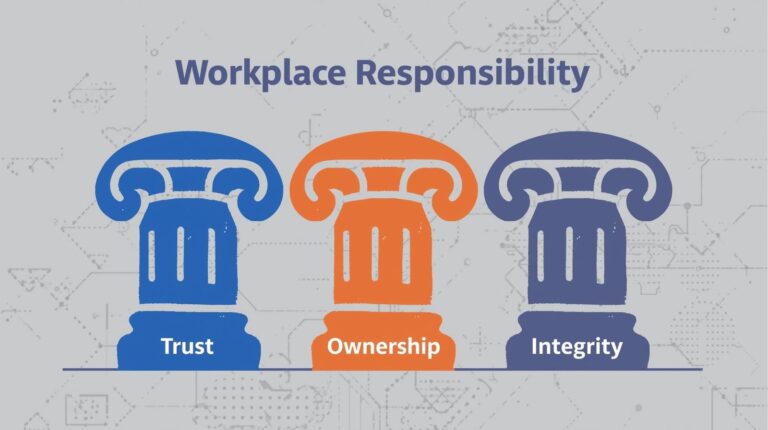Overcoming Roadblocks: Navigating Challenges in Succession Planning
Succession planning is essential for ensuring that an organization can thrive despite leadership changes. But no matter how carefully you prepare, develop plans, and manage change, obstacles inevitably arise. Roadblocks can slow progress, create uncertainty, and even jeopardize the continuity of operations.
The key to effective succession planning isn’t avoiding challenges—it’s recognizing them early, understanding their impact, and navigating them strategically. Overcoming these hurdles ensures that your organization not only survives leadership transitions but thrives through them.
In this article, we’ll explore common obstacles in succession planning, practical strategies to overcome them, and the mindset needed to keep your plan on track.
Why Roadblocks Are Inevitable
Even in the most structured succession planning processes, challenges arise because change involves people. Employees may have concerns about their roles, managers may resist new approaches, and operational demands may shift unexpectedly.
Common reasons roadblocks appear include:
Misalignment between leadership expectations and employee readiness.
Resistance to change from staff or managers.
Insufficient resources to support training or development.
Unclear communication about objectives and timelines.
Understanding that challenges are a natural part of the process allows organizations to prepare proactively rather than reactively.
Common Obstacles in Succession Planning
Let’s explore the most frequent roadblocks organizations encounter and why they can derail progress:
1. Closed Communication
When leadership decisions, succession plans, or development opportunities aren’t communicated effectively, employees feel left in the dark. This creates uncertainty, distrust, and disengagement.
2. Failure to Meet Expectations
Succession planning is often derailed when organizations set unrealistic timelines or expectations for developing potential leaders. Without clear objectives and achievable milestones, progress stalls.
3. Lack of Self-Confidence
Potential successors may hesitate to step into leadership roles if they lack confidence or fear failure. Without support and mentorship, even high-potential employees can underperform.
4. Misalignment with Organizational Goals
A succession plan that doesn’t reflect the company’s strategic direction risks creating leaders who aren’t equipped to guide the organization effectively. This misalignment can hinder growth and disrupt operations.
5. Overcoming Obstacles
Roadblocks aren’t insurmountable—they can be opportunities to strengthen your plan and organization.
Strategies to Overcome Roadblocks
Addressing challenges requires a combination of clear communication, support systems, and proactive problem-solving. Here’s how organizations can overcome common obstacles:
1. Foster Open Communication
Transparent, frequent communication ensures everyone understands the objectives, progress, and expectations of succession planning. Leadership should actively share updates and create channels for employees to ask questions and voice concerns.
2. Set Realistic Goals
Break long-term objectives into smaller, achievable milestones. Provide clear timelines for development, training, and readiness assessments. This approach prevents frustration and maintains momentum.
3. Build Confidence in Successors
Support high-potential employees through mentorship, coaching, and hands-on experience. Encouraging them to take on stretch assignments or leadership projects builds both competence and confidence.
4. Align Plans with Strategy
Ensure that your succession plan reflects the organization’s vision, values, and long-term goals. Candidates should be prepared not just for the role itself, but for the strategic challenges they will face.
5. Monitor and Adjust
Regularly review the succession plan to identify emerging roadblocks and adjust strategies as needed. Flexibility is key—business environments evolve, and plans must adapt accordingly.
A Practical Illustration: Navigating Obstacles
Consider a technology startup experiencing rapid growth. The CTO plans to step down, but several potential successors are hesitant due to limited experience in high-stakes decision-making.
The organization tackles these challenges by:
Communicating openly about the succession timeline and expectations.
Providing mentorship and coaching from the outgoing CTO to build confidence.
Assigning critical projects that allow successors to demonstrate capability.
Regularly reviewing progress and adjusting timelines based on readiness and performance.
By addressing obstacles proactively, the startup ensures a smooth transition, maintains operational stability, and strengthens its talent pipeline for the future.
The Role of Leadership in Overcoming Roadblocks
Leaders play a critical role in navigating obstacles. Their responsibilities include:
Providing Support: Offer guidance, encouragement, and resources to help successors succeed.
Modeling Resilience: Demonstrate a positive approach to challenges, reinforcing a culture of perseverance.
Ensuring Alignment: Keep the succession plan in sync with organizational goals and evolving business needs.
Monitoring Progress: Track milestones, address issues promptly, and adjust the plan when necessary.
When leaders actively engage in overcoming roadblocks, the succession plan becomes a shared organizational priority rather than an isolated HR initiative.
The Mindset for Success
Successfully navigating obstacles in succession planning requires the right mindset:
Proactivity: Anticipate potential issues rather than reacting after they arise.
Flexibility: Be willing to adjust timelines, strategies, and approaches as conditions change.
Collaboration: Engage employees, managers, and HR in problem-solving.
Persistence: Maintain focus on long-term goals even when short-term challenges emerge.
A proactive and resilient mindset ensures that roadblocks don’t stall progress but instead strengthen the organization’s readiness for leadership transitions.
Long-Term Benefits of Overcoming Roadblocks
Addressing challenges in succession planning delivers long-term advantages:
Stronger Talent Pipeline: Potential leaders develop skills, confidence, and readiness.
Business Continuity: Smooth transitions reduce operational disruption and risk.
Employee Engagement: Staff feel valued, informed, and motivated to grow.
Organizational Resilience: The company adapts effectively to leadership changes and evolving business needs.
By seeing obstacles as opportunities for growth, organizations can strengthen their succession planning processes and create lasting value.
Final Thoughts
Roadblocks are not a sign of failure—they’re a natural part of succession planning. The difference between success and disruption lies in how organizations respond.
By fostering open communication, setting realistic goals, supporting successors, aligning plans with strategy, and maintaining flexibility, organizations can overcome obstacles effectively. Leadership transitions become smoother, employees feel confident and engaged, and the organization emerges stronger and more resilient.
Succession planning is a journey, not a one-time event. Embracing challenges, learning from them, and adapting continuously ensures that your organization is prepared not just for leadership changes, but for long-term success.
Remember, every obstacle presents an opportunity to strengthen your organization, reinforce your culture, and build a leadership pipeline ready to guide your business into the future.



